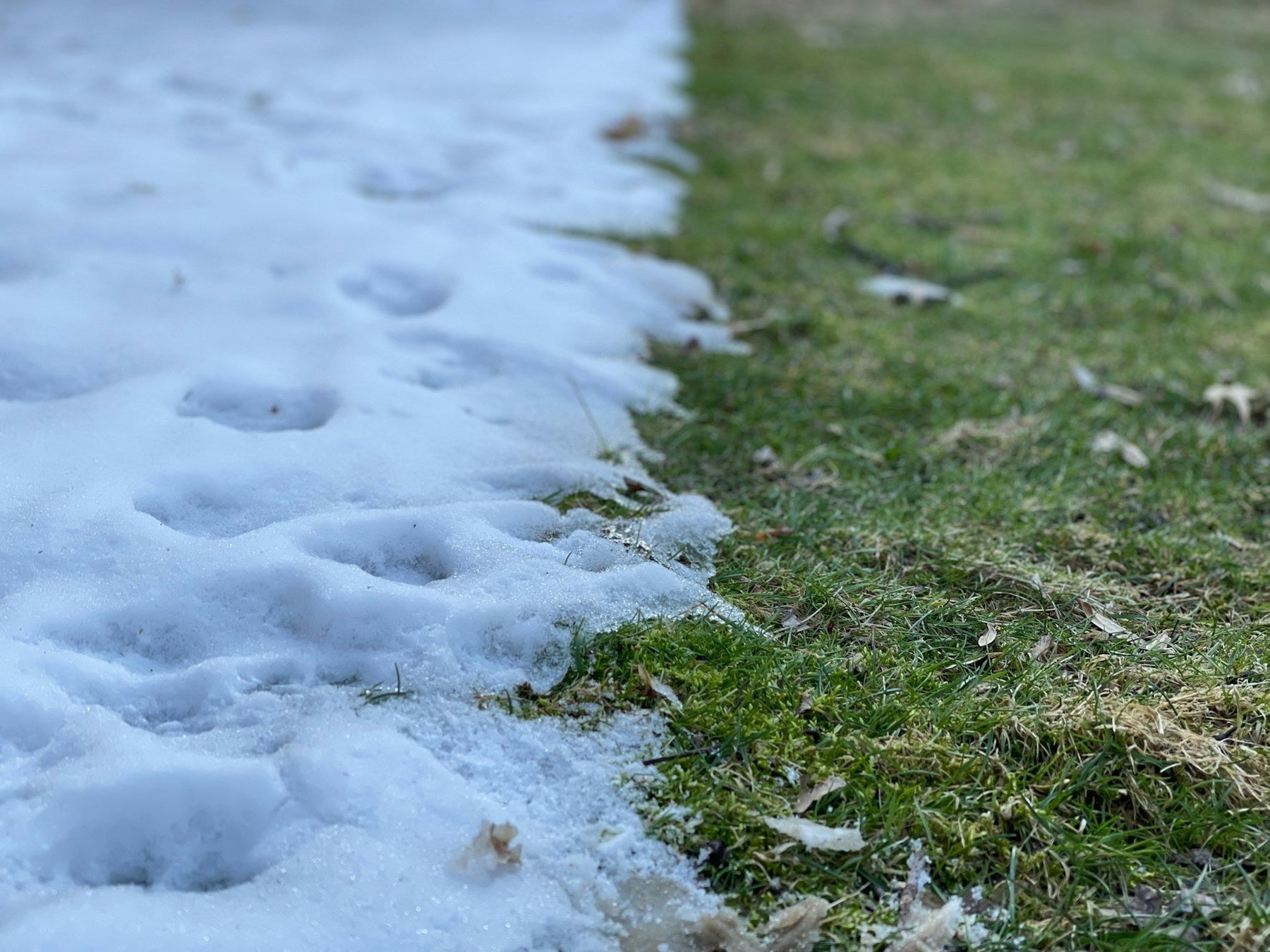
Spring Thaw and Groundwater Sampling: Why Your Tubing Matters More Than Ever
As winter melts into spring, environmental field teams gear up for one of the busiest times of the year: the spring sampling season. With snowmelt runoff, rising groundwater levels, and increased mobility in field conditions, spring is a critical window for collecting representative groundwater samples—especially in regions impacted by agricultural runoff or legacy contamination.
A recent USGS study found that up to 95 million people in the U.S. may rely on groundwater containing detectable concentrations of PFAS, often called “forever chemicals” (USGS, 2024). This makes reliable sampling practices even more essential this spring.
A Real-World Spring Sampling Scenario
Let’s say your team is tasked with monitoring groundwater contamination near a former agricultural site in the Midwest. After a long winter, the ground has thawed, and precipitation levels are rising. This is the ideal time to assess how nitrates, pesticides, or PFAS compounds may be migrating into the groundwater system.
You’re heading out to a monitoring well network installed along a field’s perimeter. The job involves both low-flow and grab sampling techniques. You’ll be working in fluctuating temperatures with damp soil, early-morning dew, and changing groundwater elevations.
This is where your choice of tubing becomes critical.
Why Fluorostore Tubing Excels in Spring Conditions
-
Chemical Resistance: Agricultural runoff often contains nitrates, herbicides, and other contaminants. PTFE and PFA tubing resist absorption and chemical reactions, ensuring your samples stay true to their natural composition.
-
Low Leachability: Spring sampling often involves sensitive tests, including volatile organic compound (VOC) analysis. Our tubing materials minimize the risk of leaching, critical for labs that need low detection limits.
-
Field Flexibility: FEP tubing offers added flexibility and transparency—ideal when tubing needs to be threaded into shallow or angled wells. Its clarity helps you visually confirm water flow, especially helpful during low-flow sampling.
-
Cold & Wet Weather Ready: Early spring mornings can still bring chilly, damp conditions. Our tubing maintains its flexibility and durability across a wide temperature range, so it won’t crack, kink, or stiffen when you need it most.
Designed for Environmental Professionals
-
USA based ISO 9001:2015 facility
-
Available in a wide range of standard OD/ID sizes
-
Ships fast
-
Perfect for peristaltic pumps, bladder pumps, bailers, and portable samplers
